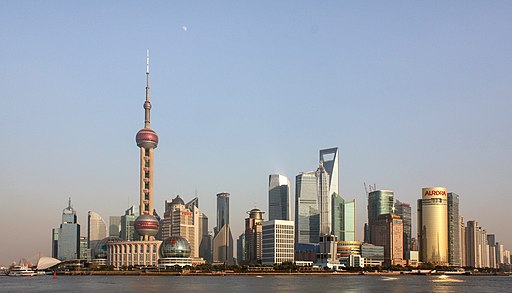Contemplating the Rise of Asian Cities: Initial Concepts and Provocations
This project begins with a straightforward question:
What does it mean to say that Asian cities are rising?
In recent years, it has become common for news reports, political statements, business guides, and scholarly works to make reference to the concept of “the Rise of Asian Cities.” This workshop series will step back from this often hyperbolic genre of writing and ask scholars across the university to contemplate what, in a basic philosophical or even linguistic sense, it means when we say that a city is “rising”?
To date, this question has been commonly approached as a purely quantitative exercise in measuring growth—tales of rising cities are typically based on descriptions of the accumulation of capital in urban bank accounts, statistical data about rising urban population levels, and the literal accretion of concrete, steel, and glass on the surface of the earth. In this sense, the concept of the rising city often follows on visual assumptions, guided by metaphors of construction—assuming that cities literally rise as buildings do, and that the more skyscrapers a city has, the more that city is said to have risen.

Even the physical and material qualities of Asian cities themselves do not conform to simple patterns or categorization about what it means to “rise”.
Cities sprawl in some cases, are built vertically in others, or sometimes stay flat in historic centers and rise on urban fringes. And from a humanistic perspective, the meaning of a city’s rise can be subtle, sometimes contradictory, and often unexpected. For example, the rise in population density caused by increased rural to urban migration may not correspond to rising living standards. The growth of a city may be considered aesthetically pleasing or it may be denounced as ugly.
In yet other ways, such urban dynamics may lead to the rise of new genres of film, literature, and art: like Citizen Dog, a path-breaking magical realist film about urban anomie in Bangkok; or “Forever Bicycles,” Ai Wei Wei’s internationally acclaimed piece that transforms piles of bicycles into a built form that invokes the passages and streets of a dense city. Works like these are simultaneously the products of urban life and actively engaged in producing new kinds of urban consciousness.
The work of artists engages in reflexive contemplation about the existential meaning of the rise of the Asian city, and they demand that scholars in the humanities take notice. They remind scholars of the uneven processes driving the rise of Asian cities, they illuminate competitive relationships between centers and peripheries, and they encourage reflection on the consequences of the growth and decline of city regions and hinterlands, which have taken place over the longue durée. They do all this with artistic flair, with poetic bite.
Read On: New Approaches to the Study of Asian Cities–Combining the Humanities and Social Sciences